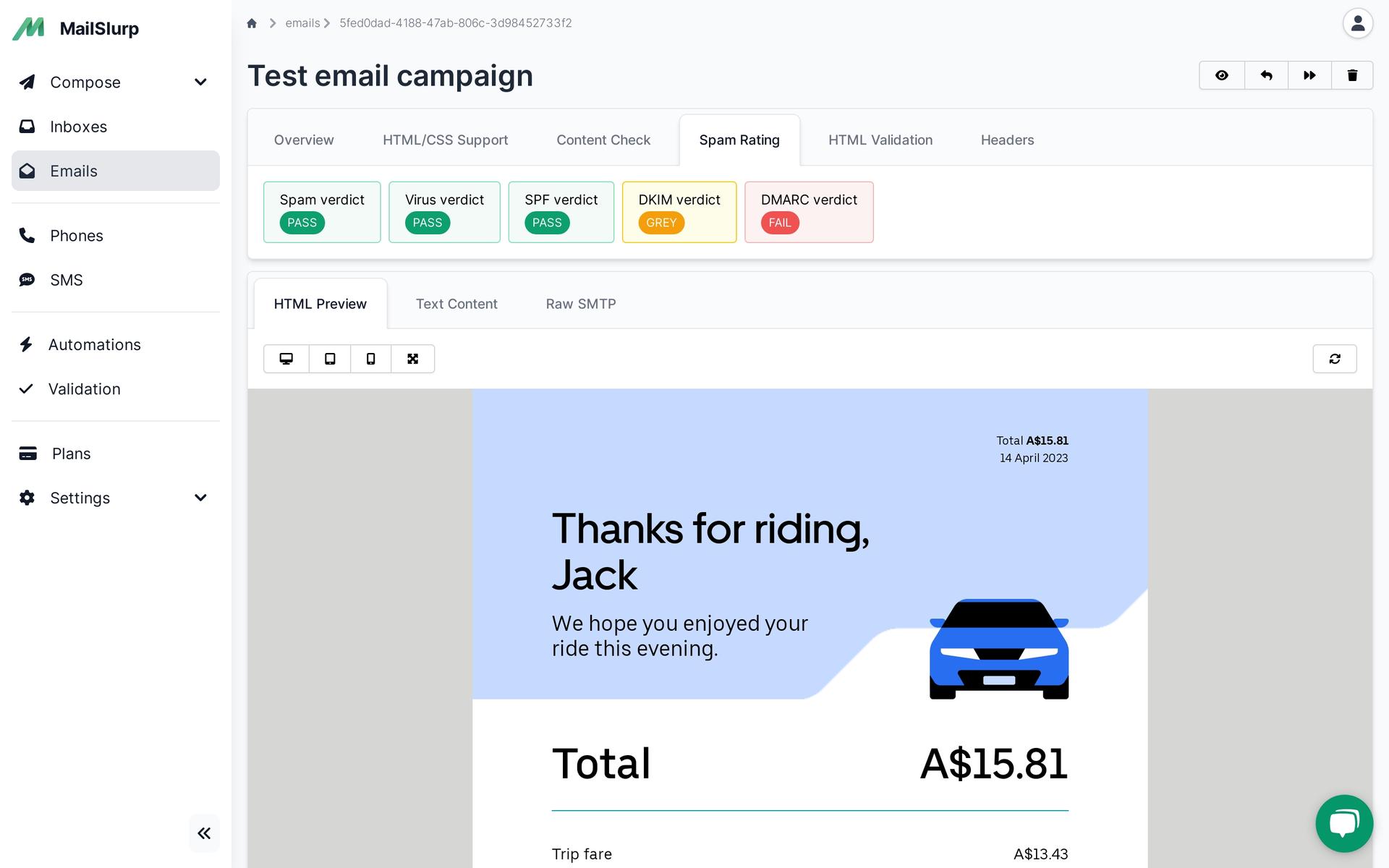Videos
Check out our tutorial video series.
Choosing the Right Email Retrieval Method: POP3 vs. IMAP: Which is best? Find out the differences in this comparison guide.
When it comes to retrieving email messages, you have to do it right. To regain your emails, you need to be intentional which the method you pick on doing so. There are basically two options to choose from, that is POP3 vs. IMAP.
They do the same work but vary in so many ways from each other. Here is how
POP is initial for Post Office Protocol. The three is to show that it is the third revision. Of the two protocols, POP3 is the oldest and the simpler one. POP 3 has been there since 1985. In the years it has been around, it has undergone several updates.
People continue to use it. However, its popularity has gone down a notch. It is no longer as popular as it was. There was a trial to improve the version to a POP4, but there has been no progress since 2003. You can use either the name POP or POP3.
Establishment of a connection between a client and a mail server
Downloading of all the emails from a server, attachments inclusive
The email client then saves the downloads on the gadget that initiates the connection
The server deletes- by default- all the emails in it
End of the transmission
POP3 is very objective in its role: fetch emails from a server and delete them after retrieval. It restricts the user from previewing the emails, checking them, organizing, or even deleting them.
The other primary protocol used to retrieve emails is the IMAP. It is younger than POP but not a young invention. Its first development was in 1986 and has had several updates over time. The latest update was in the early '90s.
It is popularly known as IMAP 4, but one can call it IMAP too.
Establishment of connection between an email client and the mail server
It conveys and caches the content that the email client requests on a device
The actions that the user initiates take place
Closure of the transmission
Unlike with POP, IMAP does not fetch emails from a server. The retrieval only happens when the user decides to open the files on any gadget.
When the user retrieves the emails, they only get a copy, and the original remains in the safety of the Server.
From the descriptions of the two protocals you can already pick out some of the differences. Here are some:
| POP3 | IMAP |
|---|---|
| Retrieval is done by downloading emails to a local device | Emails are synchronized to a server |
| Must download email to read it | No download needed to read content |
| After download, no internet connection needed to read emails | Must be connected to the internet to read email |
| Emails are only available on one device at a time | You can access emails through several gadgets at the same time |
| Simple and fast | Complex to implement |
From the differences and the description, you can evaluate what works for you and settle for that. Most people prefer IMAP, and it is also a default protocol for most email clients. The reason being, it is now easy to access the internet, and you can synchronize the emails to your devices and still be able to back them up.
POP 3 is a bit outdated and is rarely used. It is only used by someone or an organization that receives enormous volumes of emails.
For SMTP emails see out smtp guide.
Check out our tutorial video series.
Email and SMS guides for automation and testing.
View github project code for multiple languages.
Latest posts from the MailSlurp team.
Test, build, and automate messaging with a free MailSlurp account.
